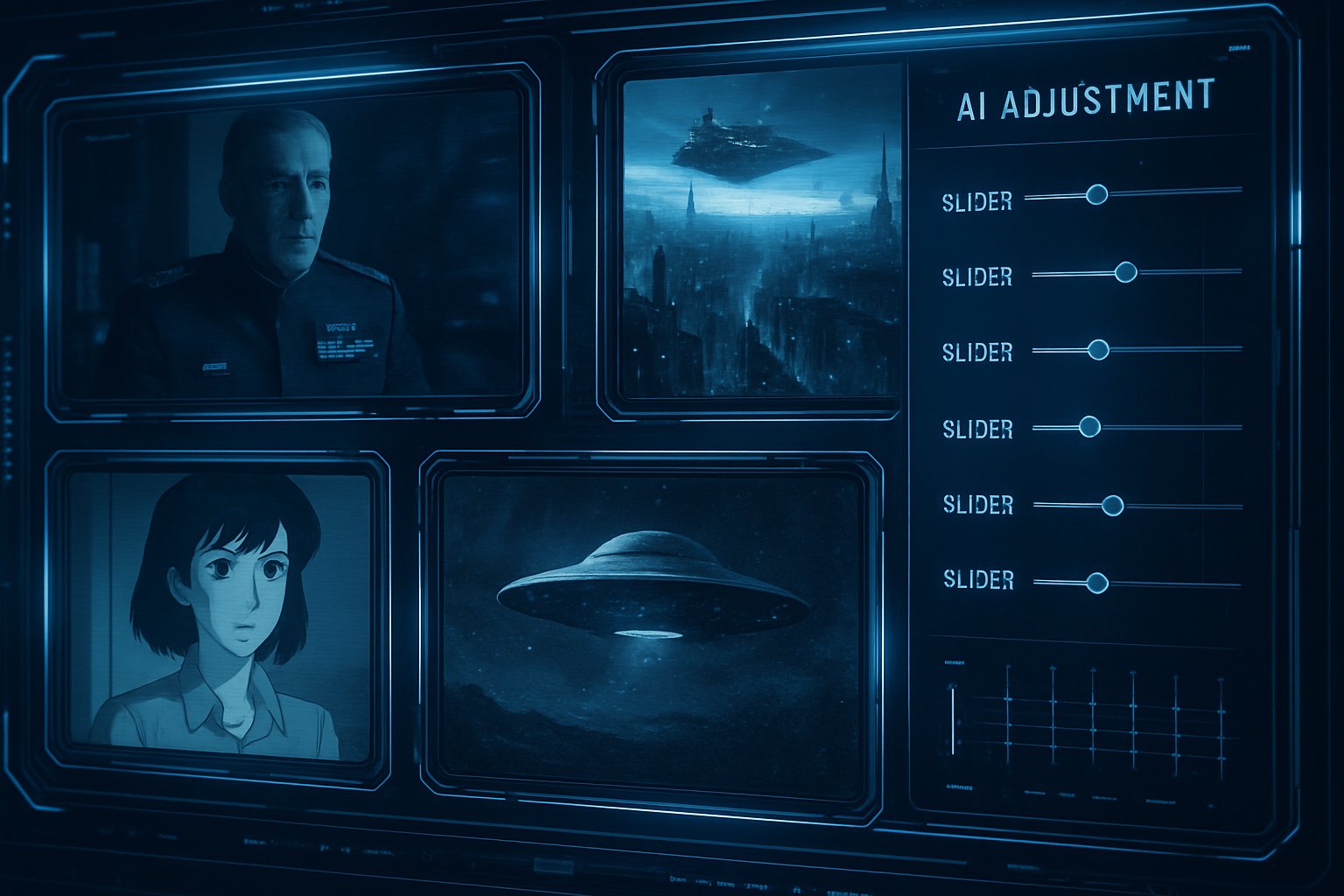
AI CERTS
11 hours ago
Veo 3.1 Elevates Video AI Precision With Multi-Reference Control
This article dissects capabilities, markets, pricing, and risks so leaders can navigate Veo 3.1 strategically. Furthermore, each section provides concise takeaways and forward actions. In contrast, earlier Veo releases struggled with temporal coherence and lacked native speech. Veo 3.1 addresses these gaps with three-image prompts and scene-extension chains surpassing 4-6-8 second durations. Nevertheless, early testers on Reddit still report intermittent render failures and watermark detection issues.
AI Video Market Context
Moreover, market analysts project explosive growth for generative video. Precedence Research pegs the 2025 AI video sector at USD 10.29 billion. Meanwhile, The Business Research Company sizes the narrower text-to-video niche at only USD 0.31 billion. Nevertheless, both firms forecast compound annual rates above 25 percent through 2034. Consequently, vendors scramble to differentiate on quality, speed, and, importantly, video AI precision. In contrast, Google positions Veo 3.1 against OpenAI’s Sora 2 by emphasizing character-object-style consistency.

These numbers underscore why incremental technical gains matter. Rapid growth amplifies competitive stakes and resource scrutiny. Consequently, feature depth becomes the decisive differentiator. The next section unpacks Veo’s newest capabilities.
Key Veo 3.1 Features
Veo 3.1 expands input flexibility with up to three-image prompts that anchor faces, props, and palettes. Additionally, first-last frame control allows artists to define opening and closing shots for smoother transitions. Moreover, native audio arrives with lip-synced dialogue, ambient effects, and synchronized soundtrack layers. Developers also chain clips beyond traditional 4-6-8 second durations through the new Scene Extension workflow.
For quick reference, the following list summarizes headline additions.
- Multi-reference guidance enables higher character-object-style consistency.
- First-last frame control interpolates motion between designer keyframes.
- Scene Extension stitches clips past 4-6-8 second durations.
- Richer audio pipeline embeds speech, music, and effects.
- SynthID watermarks support provenance tracking.
Consequently, these improvements lift perceptual realism and boost video AI precision for marketing, training, and entertainment projects. Multi-reference inputs and audio elevate creative control. Nevertheless, advanced workflows demand precise parameter tuning. Next, we examine workflow mechanics in depth.
Advanced Content Control Workflows
First-last frame control hinges on temporal interpolation algorithms that preserve pose and lighting across generated frames. Meanwhile, three-image prompts feed the model dense embeddings, reinforcing character-object-style consistency within every subsequent frame. These mechanisms collectively enhance video AI precision during motion scenes. Additionally, developers specify 4-6-8 second durations or longer when chaining Scene Extension calls. Google showcases a Python snippet calling model="veo-3.1-generate-preview" and passing reference_images arrays. Furthermore, users can request lighting adjustments or object inserts through Flow after generation. However, community testers notice sporadic failures when workloads exceed 60 concurrent jobs.
Control workflows tighten narrative coherence and visual alignment. Consequently, teams can storyboard faster using predictable outputs. Pricing remains a pivotal constraint, discussed next.
Pricing Access Details Clarified
Google lists two preview variants: standard and fast. Standard costs USD 0.40 per second with audio. In contrast, the fast tier runs USD 0.15 per second, lowering experimentation barriers. Therefore, an eight-second clip at standard quality totals USD 3.20, while fast costs roughly USD 1.20. Moreover, developers must subscribe to Gemini paid tiers or Vertex AI to access either model. Paid content remains excluded from Google training datasets, protecting client confidentiality. However, per-second fees still accumulate rapidly when pursuing video AI precision across multiple drafts.
Clear pricing helps teams budget iterative cycles. Nevertheless, cost discipline is essential for sustainable adoption. Beyond cost, leaders must weigh societal and legal risks.
Risks Watermarks And Oversight
TIME investigations warn deepfake campaigns could exploit more convincing outputs. Consequently, Google embeds SynthID invisible watermarks and optional visible marks. Nevertheless, experts argue croppers may bypass detection, undermining safeguards. Additionally, creators face unresolved copyright and likeness regulation debates. Community threads reveal moderation rejections and first-last frame control stalls. Meanwhile, some users struggle to verify character-object-style consistency after extensive chaining. Despite these issues, structured governance can align innovation with public trust and video AI precision. Professionals can enhance their expertise with the AI Design™ certification.
Security gaps demand layered technical, policy, and education tactics. Consequently, certification programs bolster responsible practice. The following guidance outlines actionable next moves.
Strategic Adoption Guidance Forward
Organizations pursuing competitive storytelling should pilot Veo using defined acceptance criteria. Firstly, teams must document required character-object-style consistency levels and acceptable latency. Secondly, sandbox experiments should compare outputs across three-image prompts and textual only baselines. Furthermore, sequence planning should map 4-6-8 second durations against broader narrative arcs. Thirdly, management should forecast total spend under multiple iterations toward video AI precision. Finally, staff training remains vital. Professionals can enhance their expertise with the AI Design™ certification.
Deliberate piloting mitigates cost overruns and content risks. Moreover, skilled teams accelerate returns on creative investment. The conclusion synthesizes key insights.
Closing Perspective And Action
Veo 3.1 delivers practical advances in control, audio quality, and runtime flexibility. Consequently, marketers, educators, and filmmakers can now pursue video AI precision at lower entry costs. Nevertheless, leaders must balance innovation with governance to prevent misuse and safeguard reputations. Therefore, adopting robust policies, watermark verification, and continued training will reinforce responsible growth. Explore the new workflows, test pricing scenarios, and aim for video AI precision before competitors seize the advantage.



